The COVID-19 outbreak was gloomy in many senses. But, it provides a new perspective and makes the world believe that there is nothing that we can’t do virtually. From remote surgeries to project monitoring, we’re now doing everything virtually. Court proceedings aren’t an exception.
Starting as a way to control the pandemic spread, virtual courts are giving hope to the Indian judiciary system, hope for early dispersal, hope for easy accessibility, and hope for reduced operational cost.
In this post, we will unfold the crucial aspects of AI in Judicial system, its impact, and other noteworthy points.
AI in Judicial System: The Rise of Virtual Courts to Overhaul the Judicial System
When a pandemic happens, the dynamics of how things happen to change rapidly. Social distancing becomes the core of everything. As court premises are often crowded and force people to remain in proximity with others for long, a virtual court framework was forced.
The Supreme Court affirmed that the launch of virtual courts in India was to protect the ‘Right of Justice’ that every Indian has. It was a step taken to maintain the integrity of the Indian judiciary system during the time of pandemics.
As soon as the lockdown was announced, measures were taken to ensure smooth judiciary functioning. Detailed guidelines were presented for virtual or E-court functioning. The E-court or virtual court project came into being under the National Policy and Action Plan for ICT in the Indian Judiciary’ (2005).
* ICT = Implementation of Information and Communication Technology
The direct aim of the project was:
- To proffer Indians a coherent and effective judiciary assistance
- To develop a supportive and digitized system for the court
- Endow the stakeholders with an ability to have transparent and quick operational access
- To speed-up justice delivery to the litigants at a reduced cost.
The framework was implemented under the guidance of Justice N.V. Ramana. As per the guidelines, almost every judicial and quasi-judicial body was guided to conduct online hearings. The directions related to virtual court adoption in India were as mentioned below:
- It’s mandatory for every District Court to use video conferencing technology as per the guidance of the High Court of the respective state.
- Courts must make video conferencing an accessible facility for litigants who can’t access the technology because of any reason.
- Video conferencing should be a part of the trial and appellate stage. However, it’s crucial to make sure that evidence isn’t recorded during video conferencing. It’s possible only when both parties agree to it.
The early e-court framework featured various glitches that improved gradually. Along with virtual hearings, virtual courts also provided live streams of the hearing on platforms like YouTube. The step ensured people who are indirectly linked with the case could be a part of the hearing virtually. The live streaming initiative was taken by various high courts to empower virtual hearings.
On 8 April 2020, the Bombay High Court provided special guidance for the live streaming facility. On 9 April 2020, the Bombay High Court provided the first live streaming of a case that was chaired by
His Lordship the Hon’ble Mr. Justice G S Patel. Kerala High Court had live-streamed its hearings via video conferencing app, Zoom.
Need assistance with on-demand Lawyer app development solutions?
Connect with our team of litigation experts to build tailor-made lawyer applications for your legal advisory business.
Get in touch
Soon, it became a trend, and the Supreme Court adopted this practice to use tech and AI in Judicial System. However, it’s worth knowing that it’s not the COVID-19 event that allowed virtual court implementation. Delhi District Courts already had the facility of e-courts when the pandemic happened. It was the year 2019 when Delhi District Court established e-courts for swift disposal of traffic challans. The pandemic only accelerated its adoption across the country.
Adoption of virtual court renders various direct and indirect benefits. For instance, an E-court will digitize the system and reduce the paperwork as many of the tasks will be automated.
It improves information /data accessibility. Details of any client or case will be at your disposal over a single click.
It eliminated the location restrictions between the judiciary system and the litigants. Even if one isn’t physically available, hearing, case filing, and many other things are possible virtually. Adoption of AI in Judicial System will make the “Justice for All” aim achievable.
Advocates are likely to become more productive as they can submit crucial documents from anywhere, be part of a hearing anytime, and ensure round-the-clock availability to litigants.
Virtual courts have the potential to make systematic case management possible. As there will be early case disposal, fewer backlogs can be experienced. Electronic records are easy to maintain and will help courts to trim down the information displacement hassles.
The Hurdles
The establishment of virtual courts was non-negotiable. But, it isn’t flawless or 100% fitting. The framework had a few downsides/limitations that were prominent.
It’s not implemented everywhere.
Not all judicial and quasi-judicial bodies have virtual court facilities. The key reason behind this limited penetration is less technology accessibility. Remote areas have power and connectivity issues. Not every court is digitized. The technology infrastructure of India in the legal sector isn’t too strong that every court can go online and conduct a virtual hearing.
Even where it’s implemented, its usage is limited. For instance, one can use video conferencing for hearing but can’t record evidence. More transparency and clarity are required on the adoption and penetration of virtual courts in India.
Technical incompetency
It is a huge barrier that stops the large-scale adoption of virtual courts in India. Advocates and clients of rural areas are not comfortable with the data-driven device. Some of them find it too cumbersome as they can’t understand how things work virtually.
Cost of Training
If training sessions are planned for advocates, it will exert a high-cost burden on the judiciary system. Also, it is a huge deal of time and effort. Advocates have to dedicate some hours from a working day just to learn how to proceed with the virtual hearing. Getting used to technology isn’t the only way out. Advocates will have to get familiar with the guidelines dictating the virtual hearing process. It’s too much of an extra burden for them for which only a few will be ready.
Concerns related to Cybersecurity
India lacks cyber security knowledge and expertise to protect such huge e-data. When the entire AI in Judicial System takes place, a lack of cyber security will emerge as a huge threat. The hearing details, clients’ personal information, evidence, and various other data that are a part of a case need to be handled with non-negotiable diligence. If such data gets lost or stolen, things can go south in no time.
Importance of Real-time Experience for Lawyers
No matter how perfect virtual proceedings become, it will surely take time to replace the real-time experience that budding lawyers will get in real courts. Missing the real-court experience out-and-out will lead to a lack of confidence in new lawyers. Also, it will impact their performance as real-time court experience has no comparison.
If India is planning to adopt virtual courts on a large scale, it’s crucial to address these challenges beforehand. Strict measures to improve the IT and cybersecurity infrastructure should be taken before aiming at large-scale virtual court adoption.
Concluding Word
India’s legal system is strong but not strong enough to address what the over 130 billion population demands. Inaccessibility, lack of talent, and extensive paperwork are a few factors forcing the Indian judiciary system to have a wider reach.
The launch of virtual courts seemed hopeful in ways like quick dispersal, immediate assistance, and reduced operational cost. However, its adoption isn’t as smooth as it seems. Considering the lack of technology and limited competency, it’s hard to predict the future of virtual courts. But, as long as it is functional in urban and suburban areas of India, it will certainly empower the Indian legal system, and AI in Judicial System will allow citizens to have early justice.

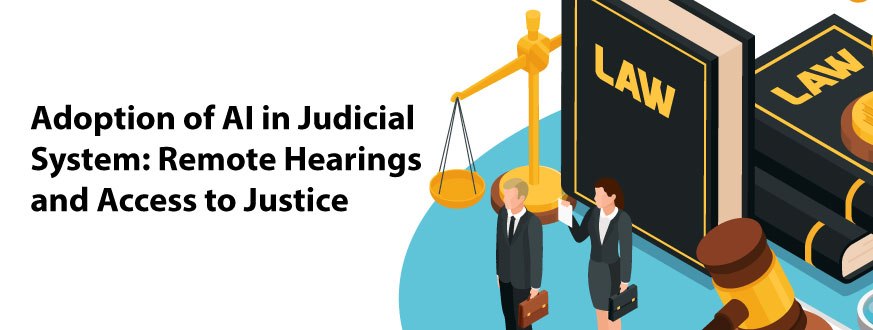







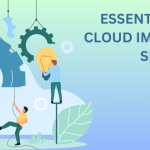
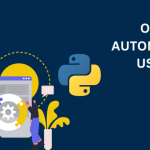

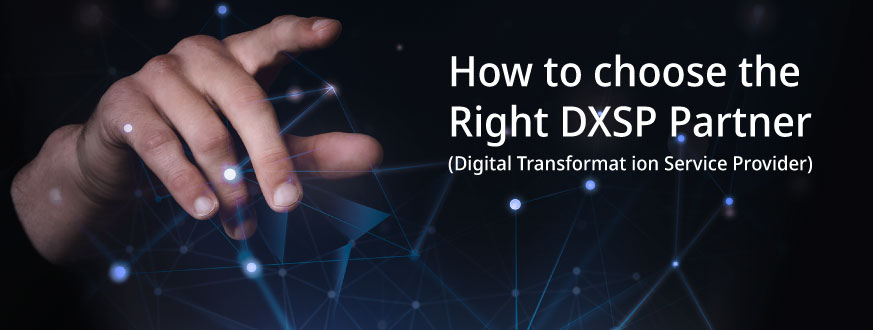
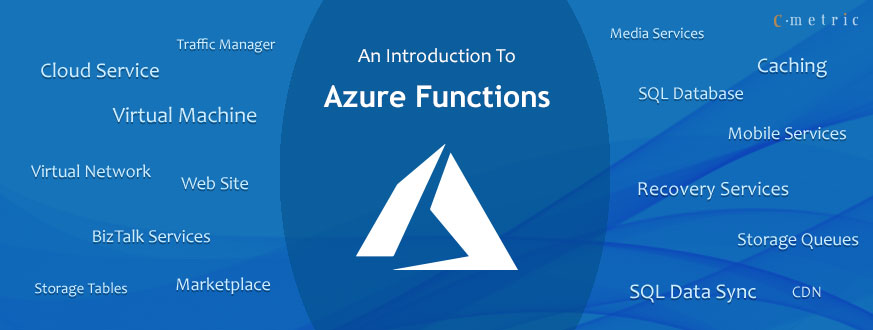

Get in Touch